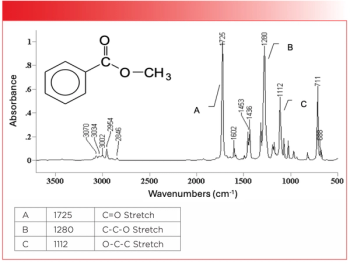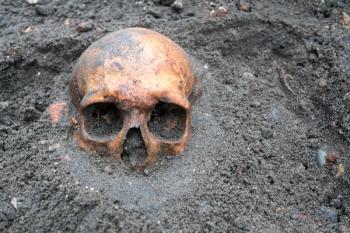
New Portable Device Could Help Detect Late Blight Disease in Potato Plants Before Symptoms Appear
A smartphone-based, portable visible-near-infrared diffuse reflectance spectroscopy (DRS) method can perform pre-symptomatic detection of late blight disease in potato leaves.
Potato late blight is a devastating disease that affects potato plants worldwide, causing significant economic losses. It is caused by the fungus-like organism Phytophthora infestans and can cause complete crop failure if left unchecked. There have been several instances in history where potato blight has taken place, most notably the Irish Potato Famine that took place from 1845 to 1862 (1).
Traditional methods of detecting the disease involve a visual inspection of the plants, which is time-consuming and can result in false positives and negatives. Recently, researchers have developed a portable diffuse reflectance spectroscopy (DRS) method for pre-symptomatic detection of late blight disease in potato leaves (2).
A prototype of a smartphone-based DRS spectrophotometer has been developed, which can be connected to a smartphone with a micro-USB cable (2). The handheld spectrophotometer can be used for in-field noninvasive leaf DRS measurement, and a smartphone app can be used to initiate the measurement and store the data. The device is portable and easy to use, making it a convenient tool for researchers and farmers to detect diseases in plants (2).
The DRS method measures diffuse reflectance of samples over a wavelength range of 600 to 950 nm representing the visible and shortwave near-infrared (NIR) spectral region (2). The device works by shining a light on the surface of the potato leaf and measuring the reflected light. The reflected light carries information about the chemical composition of the leaf, including the presence of certain biomolecules that can indicate the presence of late blight disease. The researchers tested the method on a series of potato leaves infected with late blight disease (2). The researchers found that it was able to accurately detect the disease before any visible symptoms appeared (2).
The new method has several advantages over traditional methods of detecting late blight disease. It is nondestructive, meaning that the potato plant can continue to grow and produce potatoes after the measurement is taken (2). Taking only a few seconds to collect a measurement, this new method is more efficient and accurate, with a sensitivity and specificity over 90% (2).
The researchers suggest that the DRS method could be used for routine monitoring of potato crops for late blight disease (2). It could also be used to rapidly screen potato varieties for resistance to the disease, allowing farmers to choose varieties that are less susceptible to infection (2).
The study highlights how portable DRS has great potential to be used as a tool for rapid and non-destructive detection of plant diseases. This method could be adapted for use with other crops and diseases, helping farmers to quickly identify and respond to plant health threats (2).
In summary, the development of a portable DRS method for pre-symptomatic detection of late blight disease in potato leaves represents a significant advancement in the field of plant disease diagnostics. The method has the potential to improve crop yields and reduce economic losses due to plant disease (2).
References
(1) Wikipedia, Great Famine (Ireland).
(2) Zhou, C.; Bucklew, V.; Edwards, P.; Zhang, C.; Yang, J.; Ryan, P.; Hughes, D.; Qu, X.; Liu, Z. In-Field Leaf Diffuse Reflectance Spectroscopy for Pre-Symptomatic Detection of Potato Late Blight Disease. Appl. Spectrosc. 2023, March 10, DOI:
Newsletter
Get essential updates on the latest spectroscopy technologies, regulatory standards, and best practices—subscribe today to Spectroscopy.





